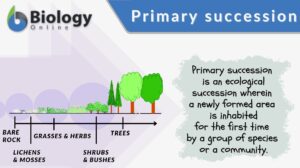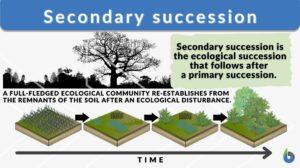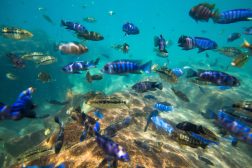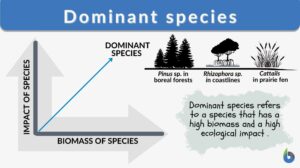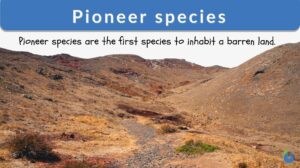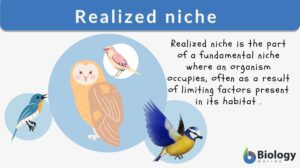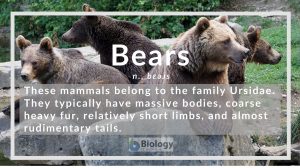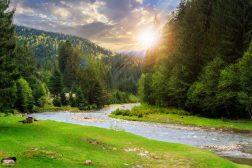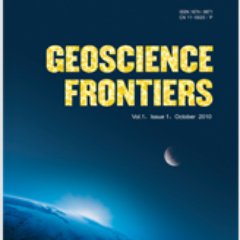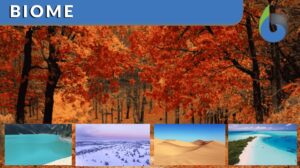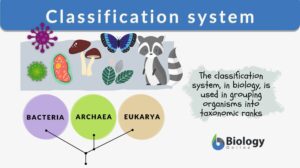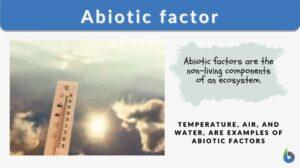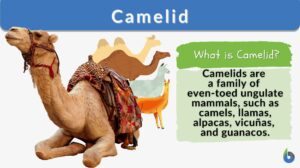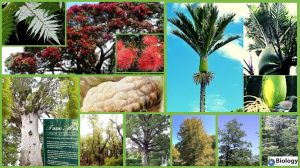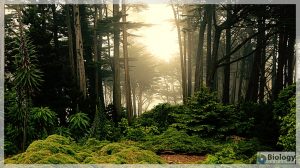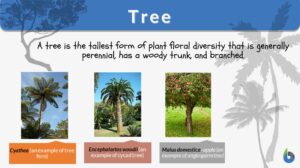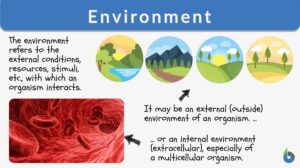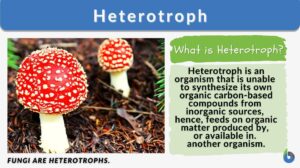Search Results for: vegetation
Vegetation
vegetation The plant growth forms that generally occupy a given area (for example, forest, hydrophytes or chaparral). The... Read More
Primary succession
Primary Succession Definition Primary succession is an ecological succession where a newly formed area is inhabited for the... Read More
SENI Biometric Analysis on the extinct Scincidae species: Macroscincus coctei (underlined)
Brian L. Schnirel Leeway Corucia Research Center (LCRC) Courtesy: Polyphemos (2004) Introduction: It has been... Read More
Secondary succession
We all have come across news where forest lands got destroyed by wildfires. Or sometimes we have read about an entire... Read More
Still Water Animals
Through millions of years of evolution, animals living in an aquatic environment have diversified to occupy the ecological... Read More
Dominant species
Dominance is the state of being supreme or dominant. Community dominance refers to the form of dominance where certain... Read More
Pioneer species
You might have come across news of some barren lands turning into luscious grasslands or forests after decades? Or you might... Read More
Realized niche
What is a niche? A niche can be defined as the means by which a species or an individual interacts with its environment. In... Read More
Ecological succession
Definition noun (ecology) The progressive succession of a community or group of species in an ecosystem over... Read More
Macrophytes
Introduction Examples of Macrophytes. (Source: Canada's AquaticEnvironments) ... Read More
The Water Cycle
The water cycle (sometimes referred to as the hydrological cycle) is the continuous transfer of water from air, sea land and... Read More
Running Water Freshwater Community Factors
This tutorial continues from the previous one, which introduced lotic (running water) communities. Here, some of the... Read More
Brief Review on Climate Change and Tropical Peatlands
Peat soils are formed from biochemical process on moderately decomposed vegetation by aerobic microorganisms. It is mostly... Read More
Classification system
Classification Systems Definition In life, many things are classified, that is, to put into categories or groups based on... Read More
Slime mold
'''slime molds organisms that contain true nuclei and resemble both protists and fungi (see fungus). They are grouped within... Read More
Abiotic factor
An abiotic factor is a non-living element of the environment that influences the way organisms and ecosystems function. Some... Read More
Taenia saginata
Definition noun A tapeworm species of class Cestoda, and is commonly known as the beef tapeworm that parasitizes humans and... Read More
Carnivorous diet
Definition noun A type of diet consisting mainly or exclusively of animal meat or tissues Supplement A carnivorous diet is a... Read More
Fasciola hepatica
Definition noun A liver fluke belonging to the family Fasciolidae of the class Trematoda, and is endemic in the U.S.,... Read More
New Zealand’s Unique Flora
By: Maria Victoria Gonzaga In the previous lesson, we've come to know some of the most fascinating endemic... Read More
Community Patterns
By: Maria Victoria Gonzaga In the previous lesson, we learned what a population is, its attributes, and processes... Read More
Tools and Methods for Data Collection in Ethnobotanical Studies of Homegardens
Tools and Methods for Data Collection in Ethnobotanical Studies of Homegardens CHRISTIAN R. VOGL BRIGITTE VOGL-LUKASSER... Read More
Humans are Omnivores – Evidence
A number of popular myths about vegetarianism sprung with no scientific basis. One example of such a myth is that man is... Read More
Environment
Environment Definition What does environment mean? If you mean physical environment, then it is defined as the surrounding... Read More
Heterotroph
Heterotroph Definition What is a heterotroph? Does a heterotroph make its own food? In biology and ecology, a heterotroph... Read More

